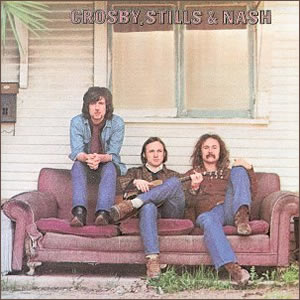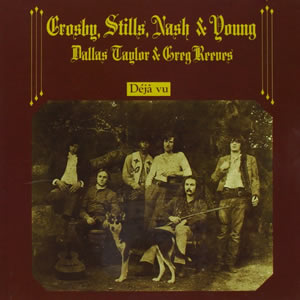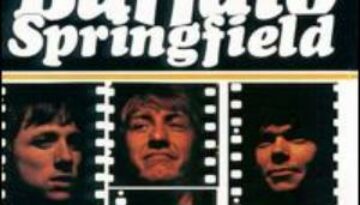Crosby, Stills & Nash 1969 album
Buy Crosby, Stills & Nash Crosby, Stills & Nash is an extremely rich and influential debut album from the “super group” of the same name. The trio of vocalists / guitarists which forged […]

Buy Crosby, Stills & Nash Crosby, Stills & Nash is an extremely rich and influential debut album from the “super group” of the same name. The trio of vocalists / guitarists which forged […]

Buy Déjà Vu Déjà Vu is the sophomore effort by the super group with the expanded name of Crosby, Stills, Nash & Young, after the addition of Neil Young to the group. Each […]

Buy Buffalo Springfield Buffalo Springfield was a very unique rock band. On the one hand, they were loaded with young talent who played together for a very short time in the late sixties […]